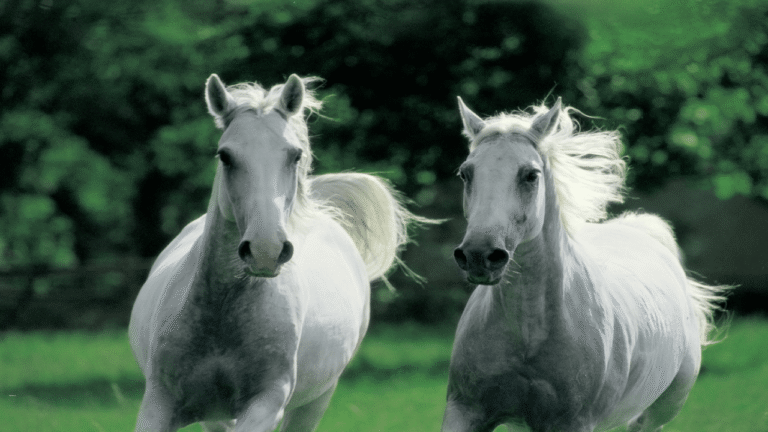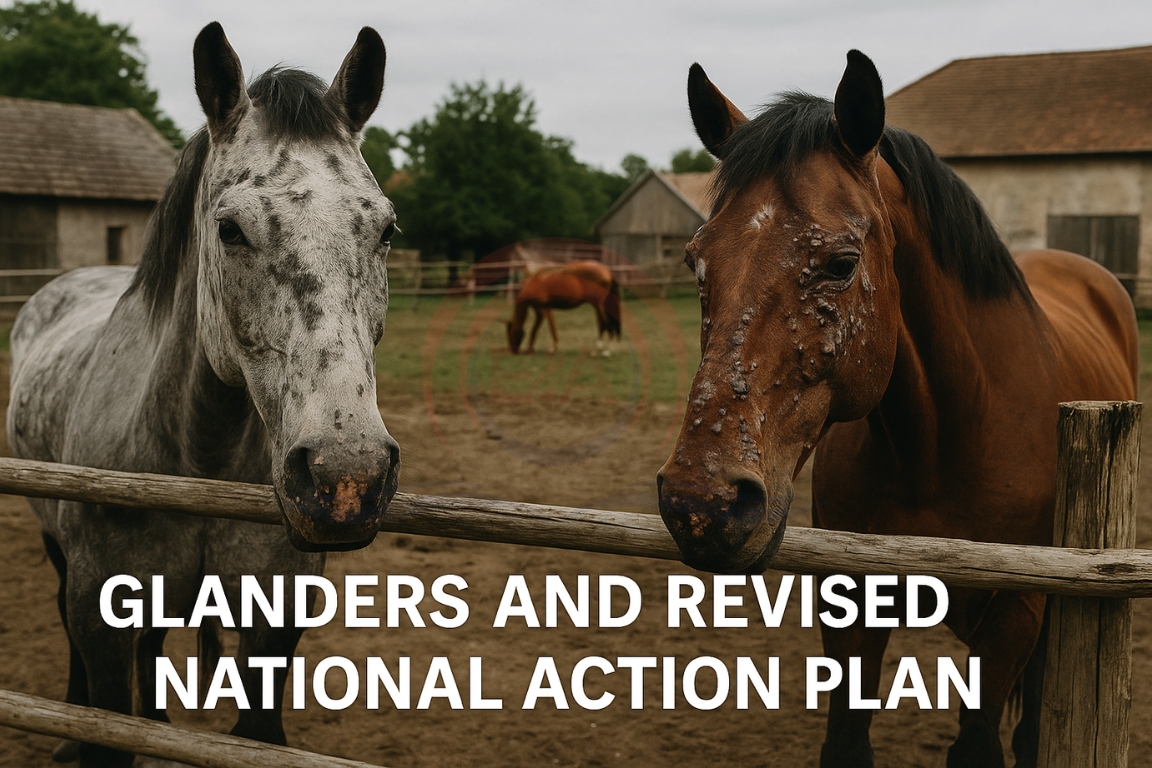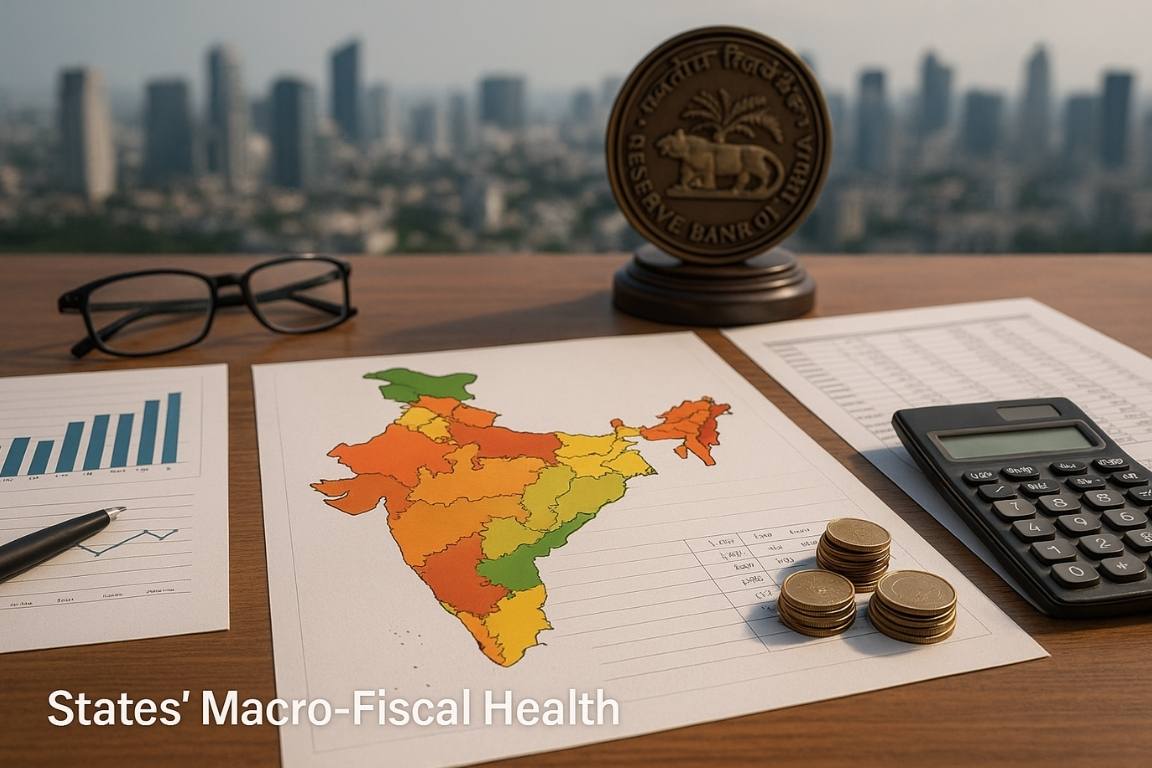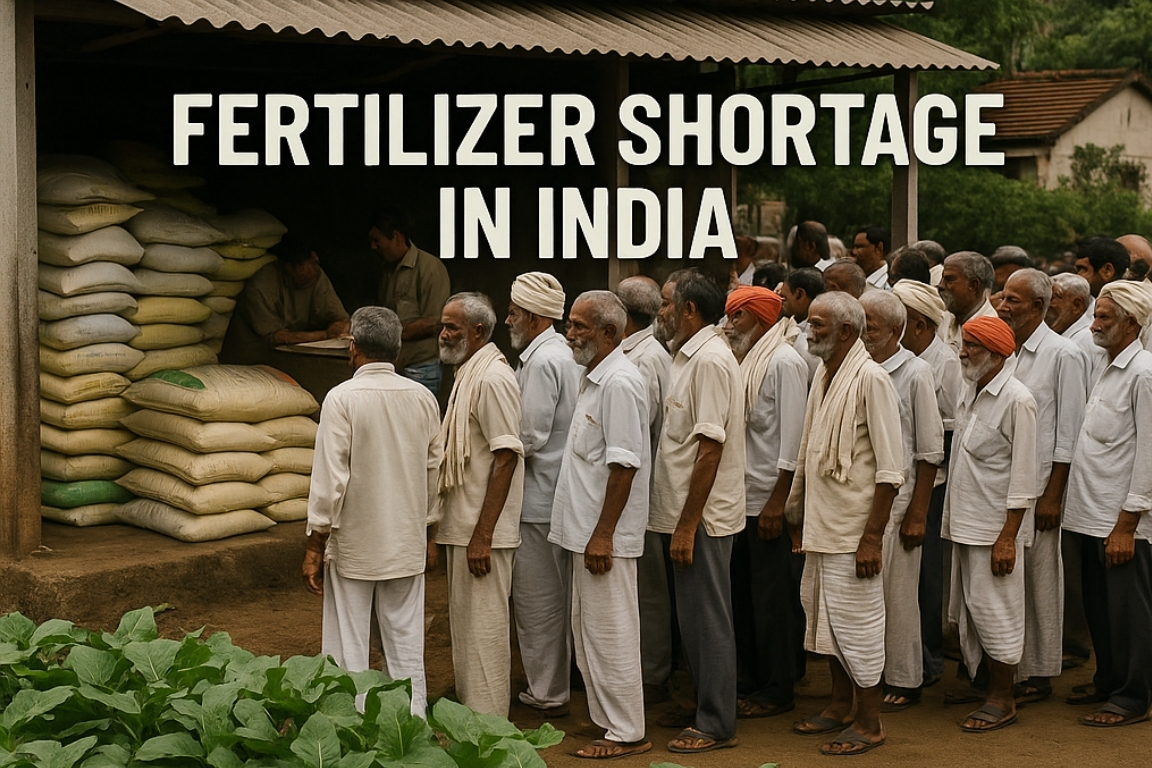The Department of Animal Husbandry & Dairying (DAHD) under the Ministry of Fisheries, Animal Husbandry & Dairying has released a revised National Action Plan on Glanders, aiming to improve surveillance and control measures.
About Glanders
- Nature of Disease – A contagious and often fatal bacterial infection of equines (horses, donkeys, mules).
- Causative Agent – Burkholderia mallei.
- Transmission – Through ingestion of contaminated food/water, or contact with body fluids of infected animals.
- Human Infection – Occurs via cuts, abrasions, or mucosal surfaces (eyes, nose).
- Clinical Signs in Animals – Nodules and ulcers in the respiratory tract, skin nodules with swollen lymph vessels (farcy).
- Symptoms in Humans – Fever, chills, chest pain, muscle tightness, nasal discharge, headache, and eye sensitivity.
- Global Presence – Sporadic cases in Asia, Africa, the Middle East, and South America.

Legal & Policy Framework
- Domestic Law – Recognized as a notifiable disease under the Prevention and Control of Infectious and Contagious Diseases in Animals (PCICDA) Act, 2009.
- International Classification – Listed in the World Organisation for Animal Health (WOAH) terrestrial animal health code.
Revised National Action Plan on Glanders (2025)
- Zoning Adjustments – Infected zone reduced from 5 km → 2 km; surveillance area changed from 5–25 km → 2–10 km.
- Targeted Restrictions – Controls now apply only up to 10 km radius.
- Enhanced Monitoring – Strengthened surveillance, reporting, and quarantine mechanisms.
- Rapid Response Teams – For immediate containment of outbreaks.
- Capacity Building – Training of veterinary staff and laboratories.
- Public Awareness – Engagement with stakeholders and communities for prevention.
- Research Support – Focus on diagnostics and resistance management (e.g., TMP-SMX, piperacillin-tazobactam).
Conclusion:
The revised plan for Glanders control seeks to balance disease containment with reduced disruption to animal owners. It strengthens surveillance, awareness, and veterinary response, making India’s strategy more scientifically robust and globally aligned.





